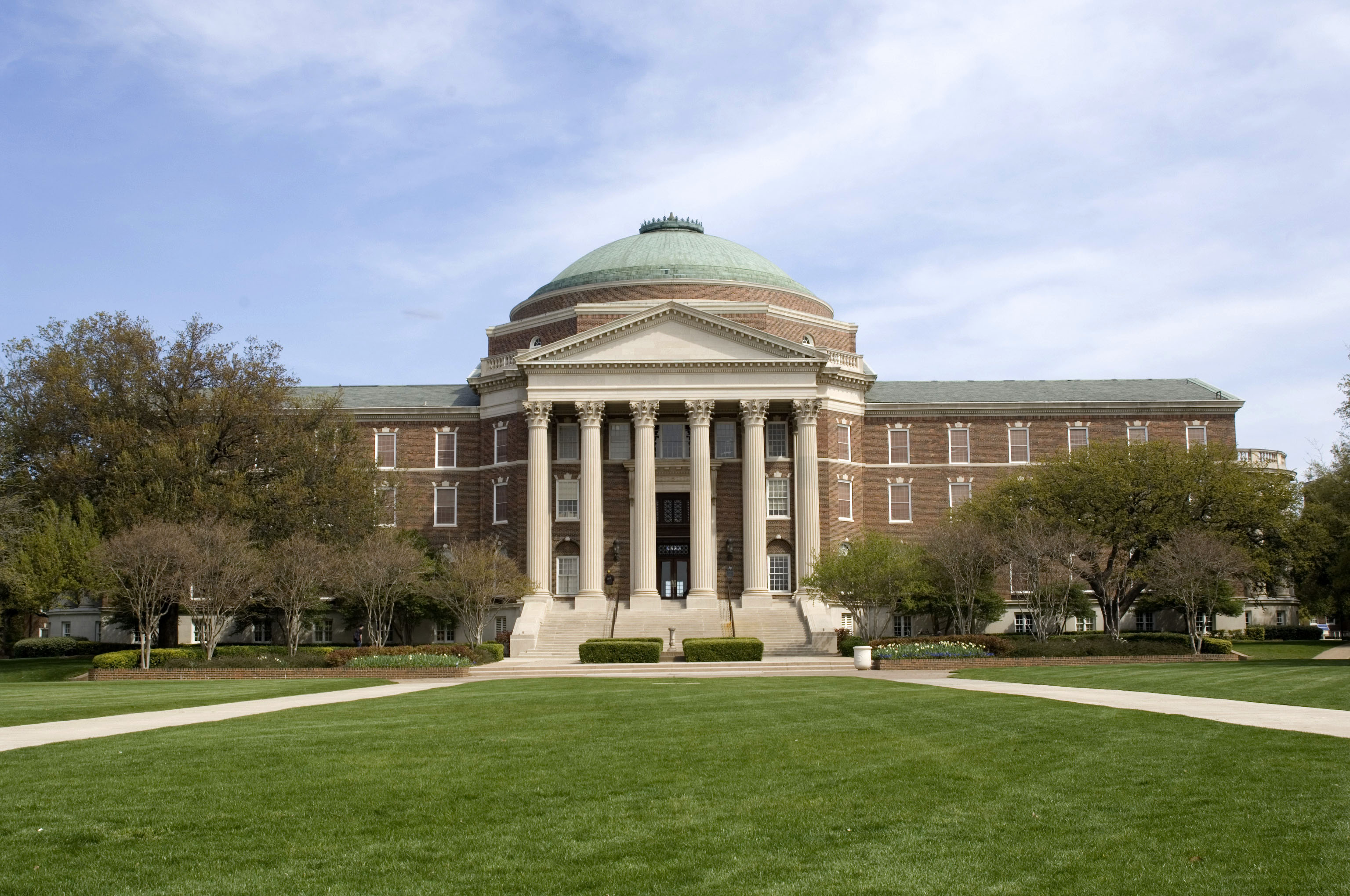University Curriculum awaits approval by accrediting organization
The University Curriculum, emphasizing written and oral communication, has been presented to SACS for approval.

SMU’s University Curriculum (UC) has been presented for approval to the Commission on Colleges of the Southern Association of Colleges and Schools (SACS), the University’s accrediting organization. If approved, the new general education curriculum will take effect in Fall 2012.
The University Curriculum in a nutshell

- A Discernment and Discourse sequence of 3-9 credits
- A 3-credit Nature of Scholarship requirement devoted to research approaches to important questions
- A 2-credit Personal Responsibility and Stewardship (wellness) requirement
- A 3-credit Quantitative Reasoning (numeracy) foundation
The new curriculum is built on five Pillars, each representing a 2-course sequence - typically an introductory class followed by a more advanced course. Each pillar is devoted to a different way of pursuing truth:
- Pure and Applied Science
- Historical Contexts
- Philosophical and Religious Inquiry and Ethics
- Institutions and Cultures
- Creativity and Aesthetics
Proficiencies and Experiences may be met through credit-bearing courses or noncredit activities approved for meeting a requirement. These span the curriculum and may include work in Foundation, Pillars, Capstone, the student's major, electives and approved activities:
- Writing
- Quantitative Reasoning (1 credit required beyond Foundation)
- Information Literacy
- Oral Communication
- Community Engagement
- Human Diversity
- Global Engagement
- Second Language (demonstration required)
Students must demonstrate second-language proficiency equal to 4 semesters of college study. The requirement may be satisfied in a number of ways, including on-campus courses, education or internship abroad, proficiency examination, online study with approved learning materials, or established literacy in a native language other than English.
The final, 3-hour Capstone requirement allows each student to make a contribution to the knowledge pool by synthesizing and integrating a body of work within a chosen area of study using skills, knowledge and methodologies learned throughout their undergraduate careers. It may be fulfilled through a course, thesis, senior project or performance, interdisciplinary project, or an internship combined with a paper that requires students to report, analyze and reflect on the experience.
Among the goals set for the new curriculum is to make it easier for students to pursue multiple majors and minors. It also aims to accommodate more opportunities for honors programming, international study, undergraduate research options, internship experiences and service learning.
Additionally, the UC's structure is designed to better accommodate transfer students from other universities, as well as make it easier for current SMU students to transfer their existing credits if they change majors.
As with the current General Education Curriculum (GEC), the UC will constitute approximately one-third of a 120-hour baccalaureate degree plan. An estimated 85 percent of the new requirements will map to existing courses.

QEP projects will build on and augment important elements of the UC. The program will allow students to pursue the new curriculum’s community and global requirements in more depth.
In March 2010, the SMU faculty voted 194-74 in favor of the new curriculum, which constitutes the common knowledge, skills and experiences every student must accrue before they graduate. The curriculum was approved by the University's administration and Board of Trustees in spring 2010.
The General Education Review Committee began meeting in October 2008 to review the existing curriculum for needed changes. Its goals included "eliciting the faculty's judgment about the core knowledge and competencies that graduates of SMU should possess," as well as to ensure "ongoing involvement of the faculty in determining and implementing the details," according to the proposal document.
The Committee presented its first proposal for faculty input and discussion in April 2009. The final proposal - dated March 2, 2010 - describes the faculty committees that will be responsible for further defining and implementing the new course of study.
In addition, the final proposal clarifies that student electronic portfolios are not a requirement for graduation and will not require faculty evaluation or certification. Instead, it recommends "that students be introduced, in their first year at SMU, to the use of e-portfolios."
# # #